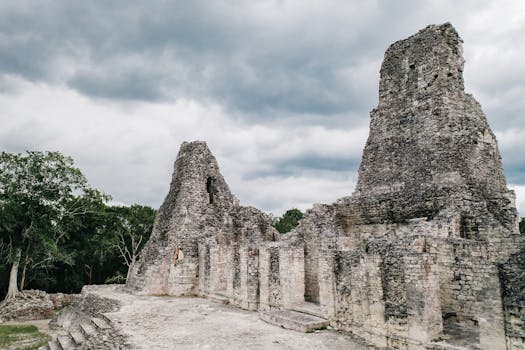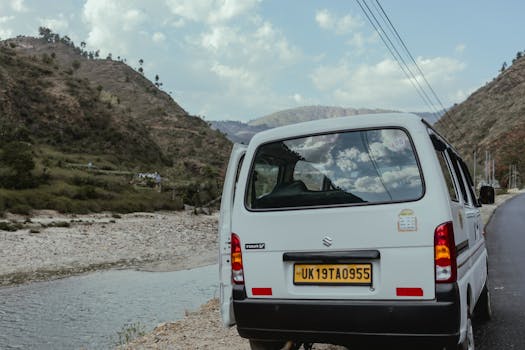
“
The Art of Slow Travel: Embracing a Lifestyle of Mindful Exploration
Slow Travel is a lifestyle of mindful exploration that allows travelers to immerse themselves in local cultures, connect with nature, and foster meaningful relationships with the people they meet along the way. By embracing the art of slow travel, individuals can transform their travel experiences into journeys of self-discovery, personal growth, and transformation.
What is Slow Travel?

Slow travel is an approach to travel that emphasizes the importance of slowing down, being present, and fully engaging with the surroundings. It’s about taking the time to appreciate the little things, to learn about the local culture, and to connect with the people and the environment. Slow travelers often prioritize experiences over sights, and they’re more interested in immersing themselves in the local way of life than in checking off a list of tourist attractions. For more insights on travel trends, check out our post on Travel Trends to Expect in 2025.
Benefits of Slow Travel

Slow travel offers a wide range of benefits, from improved mental and physical health to increased cultural awareness and understanding. By slowing down and being more mindful, travelers can reduce their stress levels, improve their mood, and increase their sense of well-being. Slow travel also provides opportunities for personal growth, self-reflection, and transformation, as individuals are able to step out of their comfort zones and challenge themselves in new and unfamiliar environments. Discover more about cultural shifts and their impact on travel in our article on Cultural Shifts and Societal Trends Leading to 2025.
How to Practice Slow Travel

Practicing slow travel requires a mindset shift and a willingness to let go of traditional notions of travel. It’s about embracing the unknown, being flexible, and allowing oneself to be fully present in the moment. Slow travelers often prioritize local transportation, such as walking or biking, and they’re more likely to stay in locally-owned accommodations, such as family-run hotels or vacation rentals. They also tend to eat at local restaurants, try new foods, and engage with the local community through volunteer work or language classes. If you’re interested in sustainable practices while traveling, consider reading our post on Sustainable Living: Emerging Trends for 2025.
Conclusion

In conclusion, the art of slow travel is a lifestyle of mindful exploration that offers a wide range of benefits, from improved mental and physical health to increased cultural awareness and understanding. By embracing the principles of slow travel, individuals can transform their travel experiences into journeys of self-discovery, personal growth, and transformation. Whether you’re a seasoned traveler or just starting to plan your next adventure, we encourage you to consider the art of slow travel and to embark on a journey that will leave you feeling more connected, more inspired, and more fulfilled.






